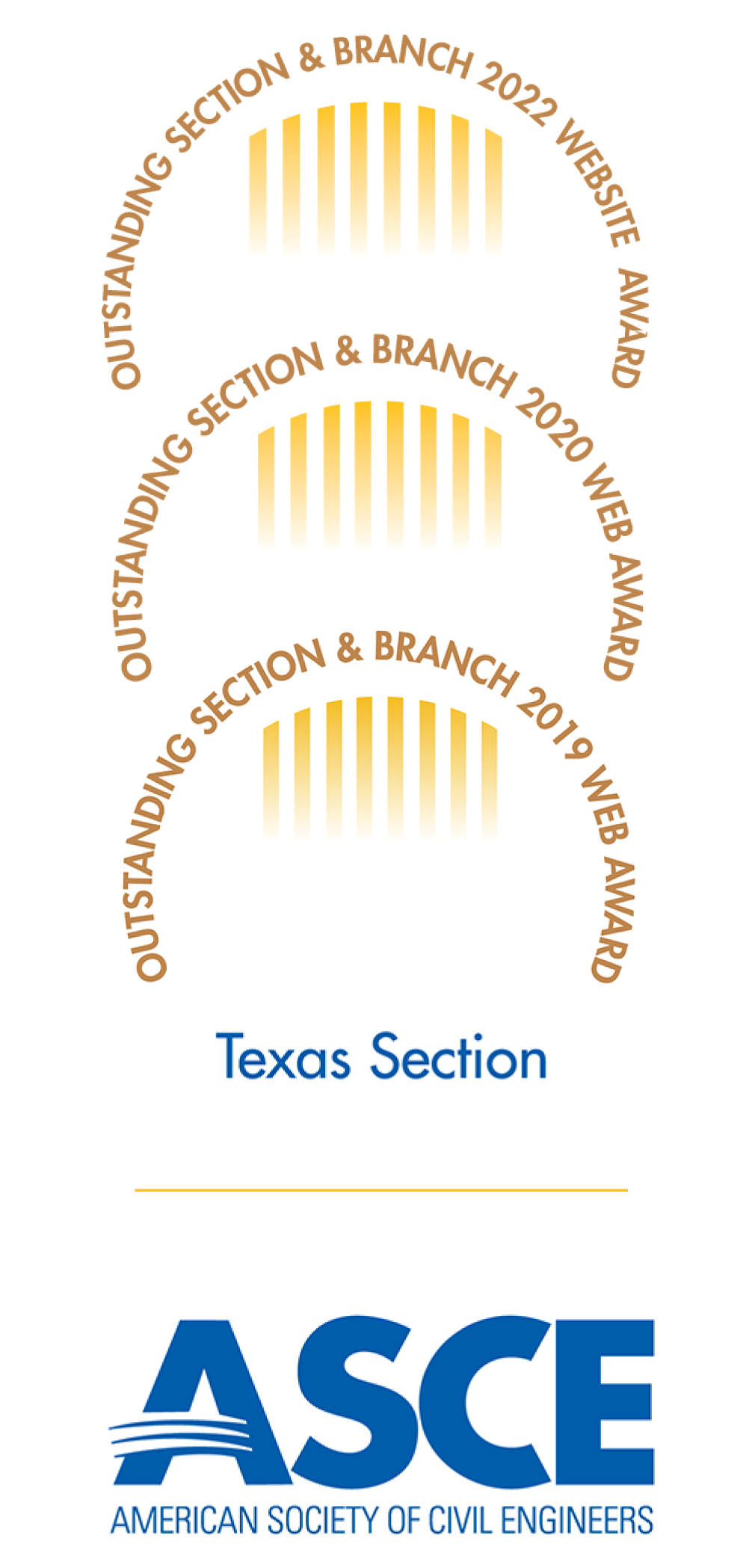University of Texas at Rio Grande Valley Places 2nd at 2020 National Geowall Competition
The ASCE student chapter from UTRGV attended the 2020 Geo-Congress event in Minneapolis, MN this February to participate in the GeoWall Student Competition. Even though this was UTRGV’s first year competing in the event, their hard work paid off. The team placed second nationally with a score of 295.5, only 0.1 points short of winning first!
The Geo-Institute of the American Society of Civil Engineers’ National GeoWall is the most competitive national student competition in the field of Geotechnical Engineering. It is held at Geo-Congress, the largest international conference in Geotechnical engineering. The competition requires the teams to provide an optimal design of bridge abutmentsat model scale. The teams design, construct and test their model Mechanically Stabilized Earth (MSE) retaining wall by applying an eccentric vertical load, similar to the load from a bridge to its abutments. The wall must remain stable for a period of time. The designs should attempt to use the least amount of reinforcement to support the retained soil and design loads. Official competition information and rules can be found on the Geo-Congress website.


Many well-known universities have participated in this event for many years. UTRGV was among the 20 finalists that were invited to the conference to compete. The competition included UCLA, University of Illinois, Texas A&M, Rensselaer Polytechnic Institute, and Lafayette College. To qualify as a finalist, the team was required to submit a design report for an MSE wall. The UTRGV team, consisting of all undergraduate students, prepared their design for the competition in just two months. They also spent an additional month and a half preparing for the construction component at the final competition. During the competition, the team was able to use the least amount of reinforcement material with an optimum design (dimensions and positions of the reinforcement construction techniques) able to hold more than two times the required load.
Team advisor, Dr. Thang Pham PhD, PE had very positive feedback about the team, saying, “These students are amazing; they are not only dedicated, full of aspiration, and smart with the design, but they also came up with unique construction techniques that led to this victory.”
Share this story:








